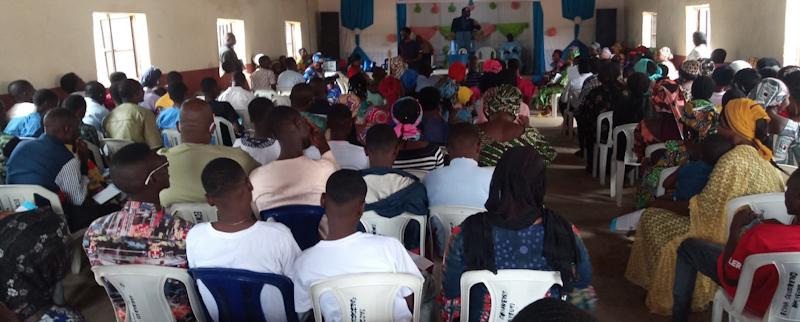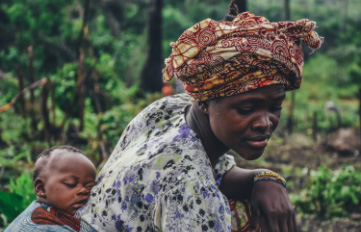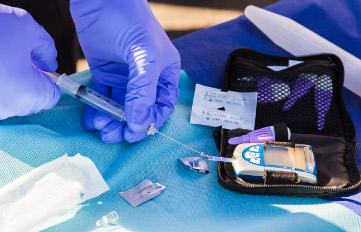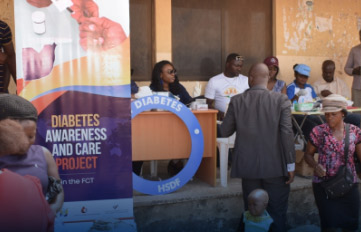
Trends in Healthcare – AI Spotlight
AI’s Revolutionary Impact on Healthcare in Nigeria [TS_Poll id=”1″] The integration of artificial intelligence (AI) in core business operations has emerged as a game-changer in today’s dynamic world, optimizing businessAn assessment of primary health care costs and resource requirements in Kaduna and Kano, Nigeria
Introduction: The availability of quality primary health care (PHC) services in Nigeria is limited. The PHC system faces significant challenges and the improvement and expansion of PHC services is constrained by
Engaging Communities for Primary Prevention of Type II Diabetes Mellitus in Imo State and FCT
According to the International Diabetes Federation, over 19 million people in Africa were estimated to have Diabetes in 2019 [1]. Nigeria has the second largest number of adults (20 -79
Reducing Facility-Based Maternal and Neonatal Deaths in Three Nigerian States
Maternal mortality has remained a topical issue, even though maternal mortality ratio dropped by 38% globally from 2000-2017[i]. Most high-income countries have low maternal death rates that have consistently decreased
Comparing Causes of Maternal Deaths in Two Tertiary Hospitals in Sub-Saharan Countries
Globally, an estimated 585,000 maternal deaths occur annually, with 90% occurring in developing countries, specifically Sub-Saharan African and Asian countries[1]. This makes improving maternal care a major global priority. To
Engaging School Children on the Diabetes Awareness and Care Project
Type 2 Diabetes Mellitus (T2DM) is more commonly diagnosed in the adult population. However, over the past few decades, its frequency in children has increased markedly, closely linked with the
Engaging Communities for Primary Prevention of Type 2 Diabetes Mellitus in Imo State and the FCT
According to the International Diabetes Federation (IDF), over 19 million people in Africa were estimated to have diabetes in 2019[1]. Nigeria has the second largest number of adults (20-79 years)
Stakeholders Review Progress on Combating Non-Communicable Diseases in Imo State
Introduction Globally, Non-Communicable Diseases (NCDs) are the leading causes of adult mortality[i]. In 2019, more than 19 million people were living with Diabetes Mellitus (DM) in Africa, with about three
Adopting a Data-Driven Approach Towards a Zero-Malaria Nation
Although half of the world is currently malaria free, malaria is still responsible for about half a million deaths recorded in Sub-Saharan Africa (SSA) annually, with Nigeria suffering about 50%
